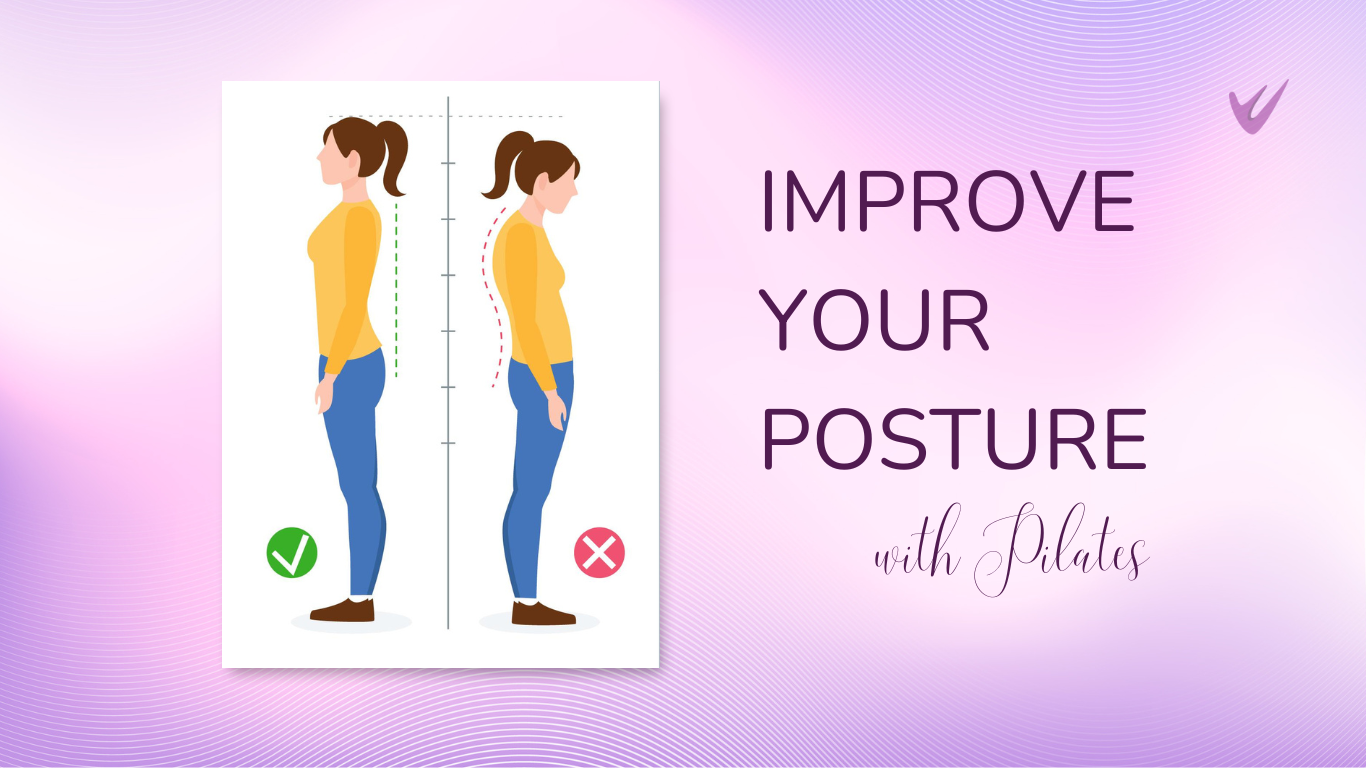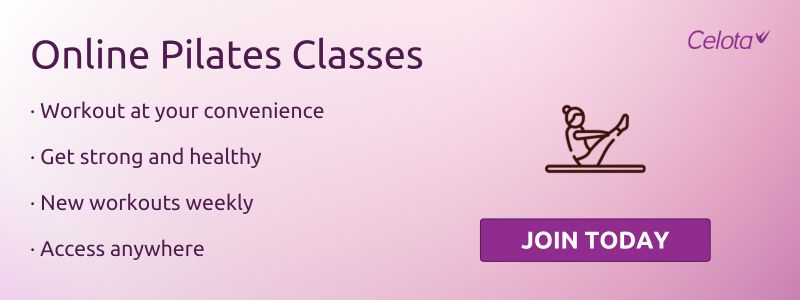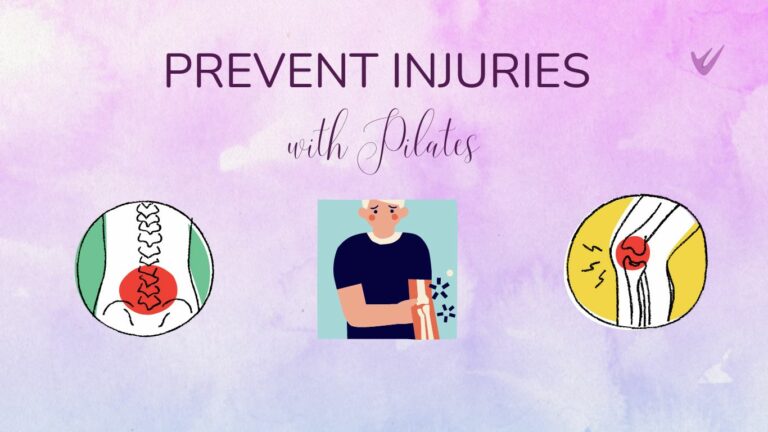How Pilates Shapes Your Posture and Spine Alignment
Poor posture and spine alignment are common issues facing many people today. Our daily commute, work, and day-to-day activities can leave a slump in our shoulders and a pinch in our lower back.
It’s not just what we do but how we do it. Repetitive movements, lifting with poor form, and neglecting proper body mechanics can strain muscles and ligaments, ultimately leading to posture problems.
Let’s look at the leading causes of these issues.
Top 3 Reasons for Poor Posture and Spine Alignment
The Modern Lifestyle – Many jobs require people to sit for long periods or be on their feet excessively without proper breaks. On the one side, we risk weakening our core muscles due to lack of movement, and on the other, we risk overexerting our lower back due to prolonged standing. There is no group here better off than the other, as both workloads can have a similar effect on your spine.

The key to preventing problems is incorporating regular breaks with movement and stretches, no matter if you sit or stand for a living.
Muscle Imbalance – Muscle imbalance is more common than most people realize, and is a leading cause of work-related injuries. Repetitive movements, manual labor, and less access to regular exercise or physical therapy put a huge demographic at risk of injury.
For instance, tight chest muscles and weak back muscles can pull the shoulders forward, leading to a rounded posture with a shoulder slump and a forward head position.
Lack of Core Strength – The number one reason for pain and injuries in our lower back always stems from low to nil core strength. Your core stabilizes your spine, and a weak spine is unable to do its job effectively.
The danger of excessive slouching and spinal misalignment increases with age if the core is left unattended. While core strength is a major factor in good posture, other influences like stress or emotional well-being can also play a role.
Exercise is the only way you will improve your core strength.

Improve Your Posture With Pilates
Pilates is the ideal workout regimen to target your core, also known as your ‘powerhouse,’ which includes your abs, lower back, and glutes.
Let’s look at how Pilates helps your body’s posture and spinal alignment.
Targeting Muscle Groups
If you want a strong core you have to build a strong foundation. Your deep abdominal muscles (transverses abdominis), obliques, and the muscles around your spine (erector spinae) are the base muscles that need strengthening.
Pilates also engages muscles in your back, hips, buttocks, and shoulders. With a stabilized spine and pelvis, there’s no question you won’t have good posture.
Controlled Movements
The workout movements in Pilates give importance to the engagement and alignment of your spine and pelvis. While you exercise and develop a more natural and aligned form, your muscles will lengthen, strengthen, and become more flexible.
In due time, you will notice a reduction in any hunch or poor stance you may have had.
Body Awareness
The biggest benefit Pilates can instill in your posture is awareness. As you continue working out your body will develop a heightened sense to correct and maintain your form throughout the day. It becomes a powerful tool against preventing any future pain or injury.
Pilates is the most effective when done 2 to 3 times a week. You can see a change in your posture within 4 – 6 weeks of regular practice, though those who may have had years of neglect may need a bit longer. You can combine other forms of exercise like yoga or simple stretches that target your core muscles to improve your spine alignment.
—
Ready to take control of your posture? Celota offers a Pilates membership program you can do from home or while traveling!
How has Pilates helped you? Share a comment below, and let us know.




